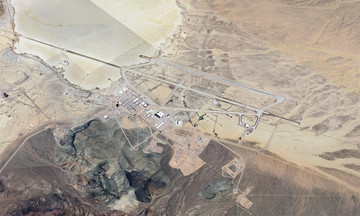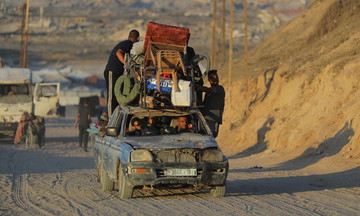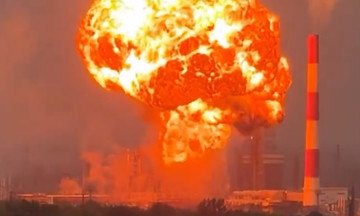China will display hundreds of aircraft and vehicles at a military parade in Beijing on 3/9 to commemorate the 80th anniversary of the victory over Japan in World War II, Ministry of National Defense officials announced on 20/8.
The parade will feature a range of military hardware, including weapon systems never before seen publicly.
Photos taken in Beijing in recent days show military equipment being transported through the city, including four new missiles: the YJ-15, YJ-17, YJ-19, and YJ-20. The "YJ" designation is typically used for Chinese anti-ship or land-attack cruise missiles, launched from aircraft, ships, or ground-based platforms.
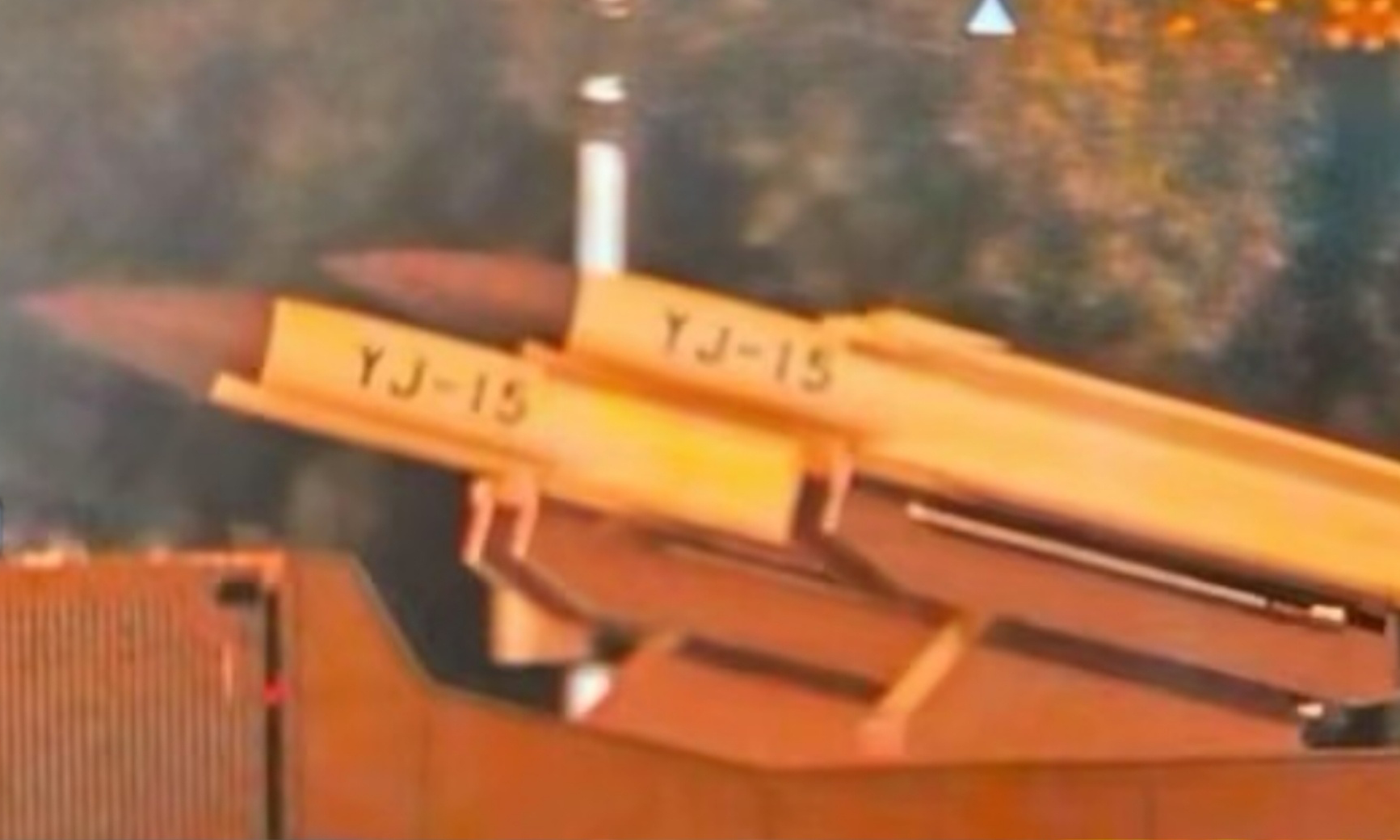 |
The YJ-15 missile in a photo posted on 17/8. Photo: X/Rick Joe |
The YJ-15 missile in a photo posted on 17/8. Photo: X/Rick Joe
Based on its appearance, Joseph Trevithick of the US military website War Zone believes the YJ-15 appears to be equipped with a ramjet engine. It shares similarities with the YJ-12 supersonic anti-ship cruise missile, which is thought to incorporate some design elements from the Soviet Kh-31 missile.
The YJ-17 missile is covered, suggesting each launcher vehicle can carry up to two missiles. Its nose shape indicates it may be a hypersonic missile, with the front section possibly being a hypersonic glide vehicle (HGV) due to the absence of visible engine air intakes.
HGVs are typically boosted to high altitudes and speeds by rockets before separating and gliding through the atmosphere on a depressed trajectory towards their target. The missile is also highly maneuverable. "Its flight path and high speed make it a significant challenge for defenses," Trevithick said.
However, Trevithick doesn't rule out the possibility of a small, difficult-to-see air intake on the missile.
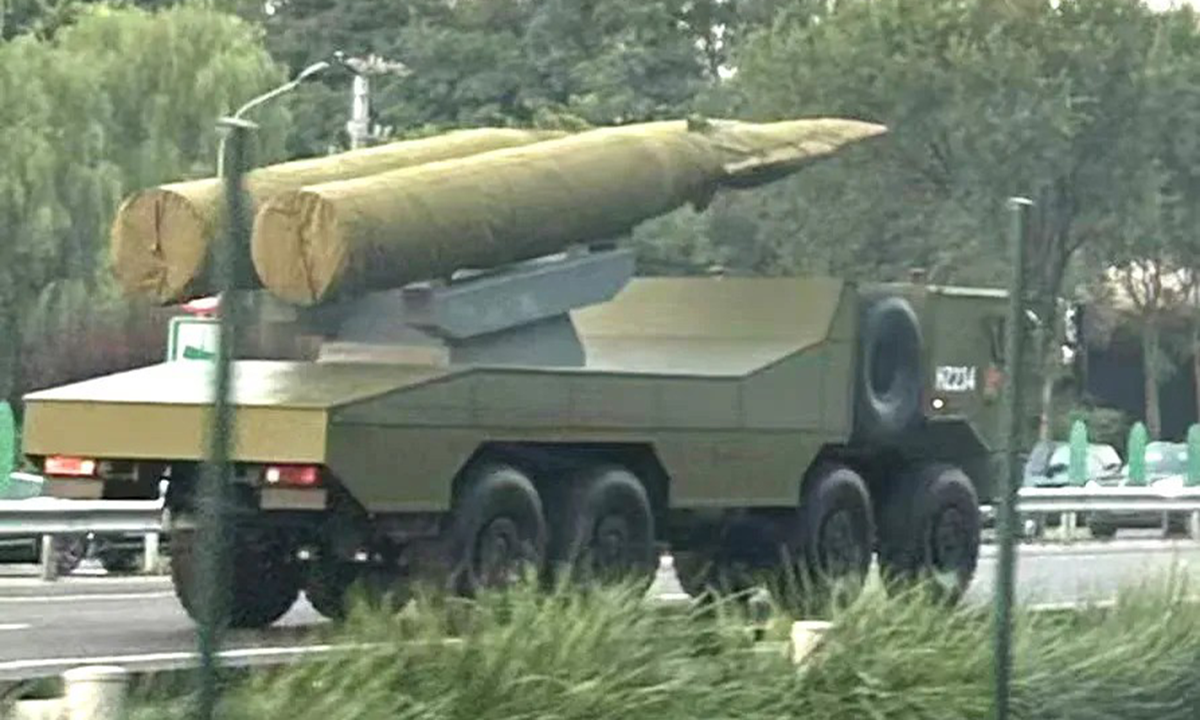 |
The covered YJ-17 missile in a photo posted on 19/8. Photo: War Zone |
The covered YJ-17 missile in a photo posted on 19/8. Photo: War Zone
The YJ-19, on the other hand, has a clearly visible air intake under its nose. Its overall design is similar to other hypersonic and supersonic missiles using ramjet or scramjet engines.
"The YJ-15, YJ-17, and YJ-19 missiles will significantly enhance the Chinese military's high-speed strike capabilities, especially at sea. In addition to posing challenges for defenses, hypersonic missiles also shorten the 'kill chain,' making them particularly suitable for rapid strikes against time-sensitive targets," Trevithick explains.
Other unidentified missiles have also been spotted, some with previously unseen designs.
Images show heavy trucks carrying large canisters unlike any known Chinese models. This has led to speculation that Beijing may unveil a new intercontinental ballistic missile (ICBM) or long-range missile.
Observers believe one vehicle appears designed to load ICBMs into silos rather than launch them from mobile platforms.
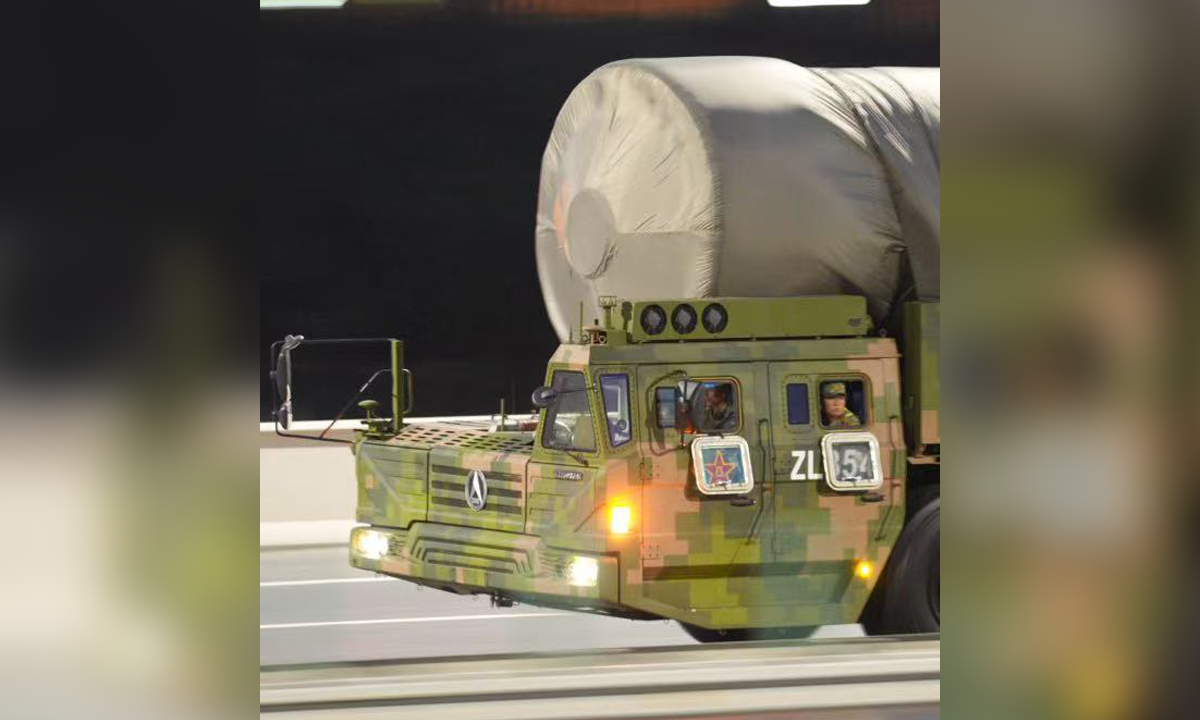 |
The vehicle believed to be an ICBM loader in a photo posted on 16/8. Photo: X/luritie |
The vehicle believed to be an ICBM loader in a photo posted on 16/8. Photo: X/luritie
China has been expanding its ICBM silos, but it's unclear whether they all contain missiles or if some are decoys.
Another vehicle carries an angular, green-painted missile, believed to be a ground-launched stealth cruise missile. Its design resembles the American Tomahawk.
In addition to offensive missiles, air defense systems are also expected to be a focus of the parade, though fewer images of these have emerged. Alongside established systems like the HQ-11, HQ-16, and HQ-19, the parade may mark the debut of the HQ-29 ballistic missile defense system.
It is believed to utilize a 6-axle transporter-erector-launcher (TEL) with very large interceptor missiles designed to engage ballistic missiles in the midcourse phase of flight, outside the Earth's atmosphere. Images of vehicles believed to be part of the HQ-29 system have appeared recently, including the TEL, radar, command vehicle, and technical support vehicle.
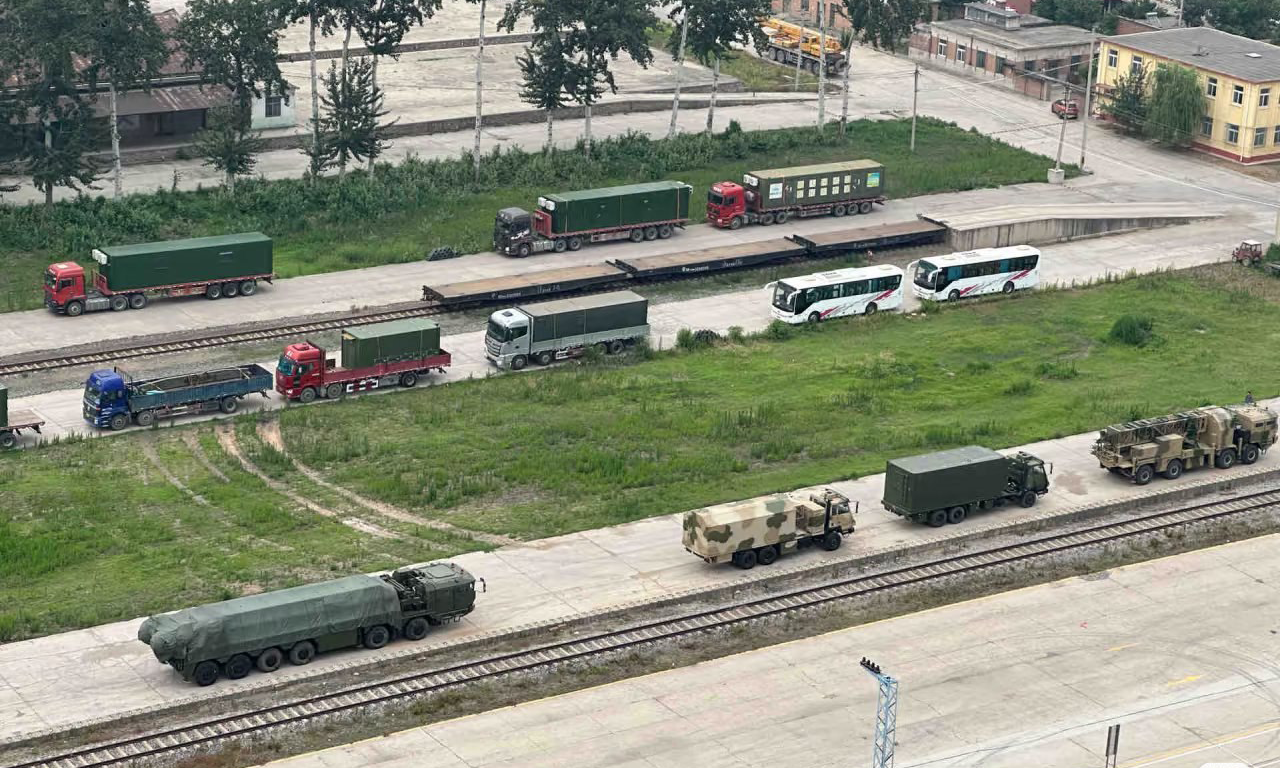 |
Vehicles (bottom row) believed to be part of the HQ-29 air defense system in a photo posted on 8/8. Photo: X/OSINTWarfare |
Vehicles (bottom row) believed to be part of the HQ-29 air defense system in a photo posted on 8/8. Photo: X/OSINTWarfare
"The military weapons and equipment will fully demonstrate the Chinese military's ability to adapt to technological advancements, evolving combat models, and its capacity to prevail in future conflicts," said Major General Wu Qian, deputy head of the parade organizing committee.
According to Chinese officials, new weapons will make up a significant portion of the equipment in the parade. China has not disclosed the exact number of troops, weapons, and equipment involved. The 2015 parade saw over 12,000 troops from China and other countries march through Tiananmen Square.
Pham Giang (Xinhua, War Zone)





